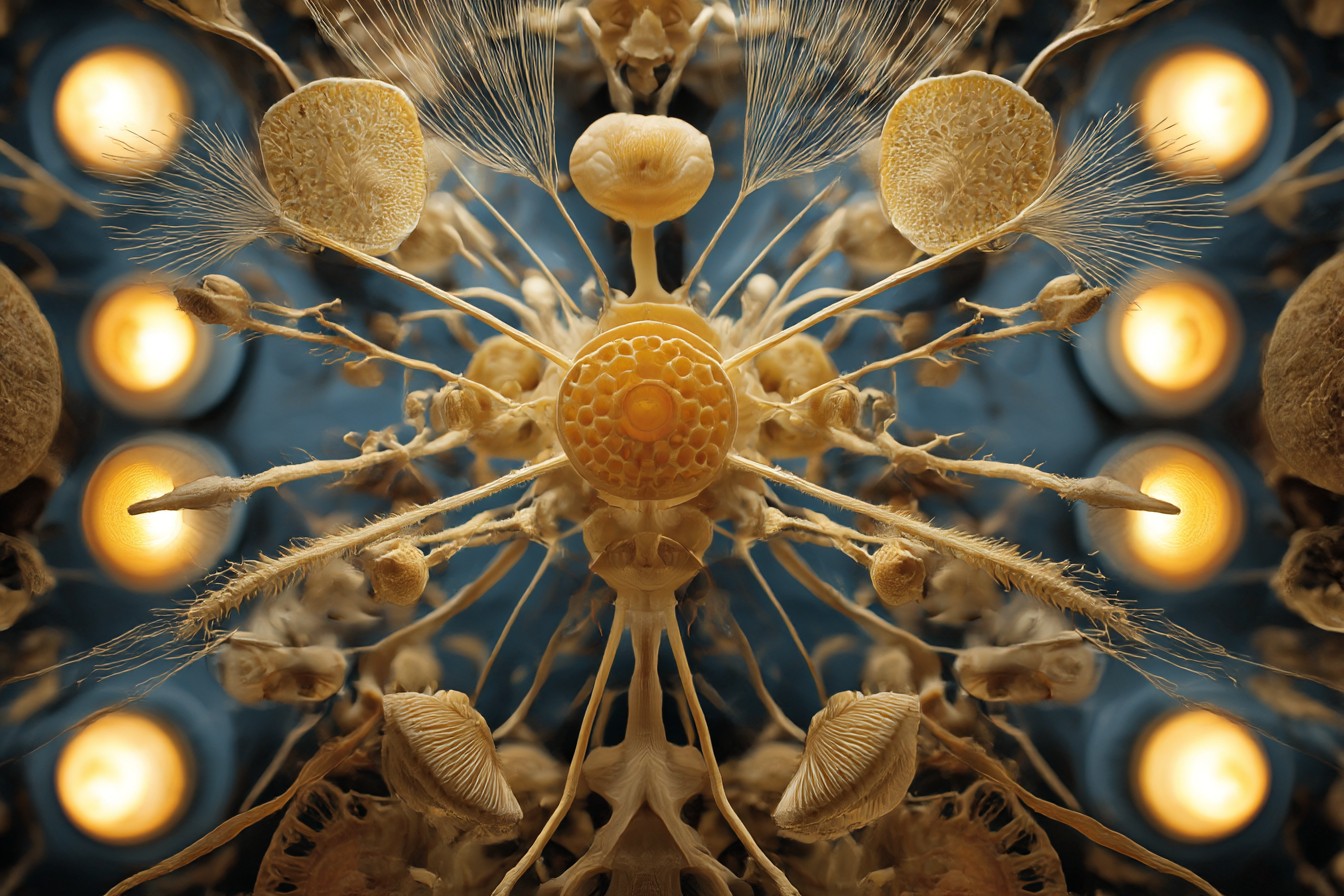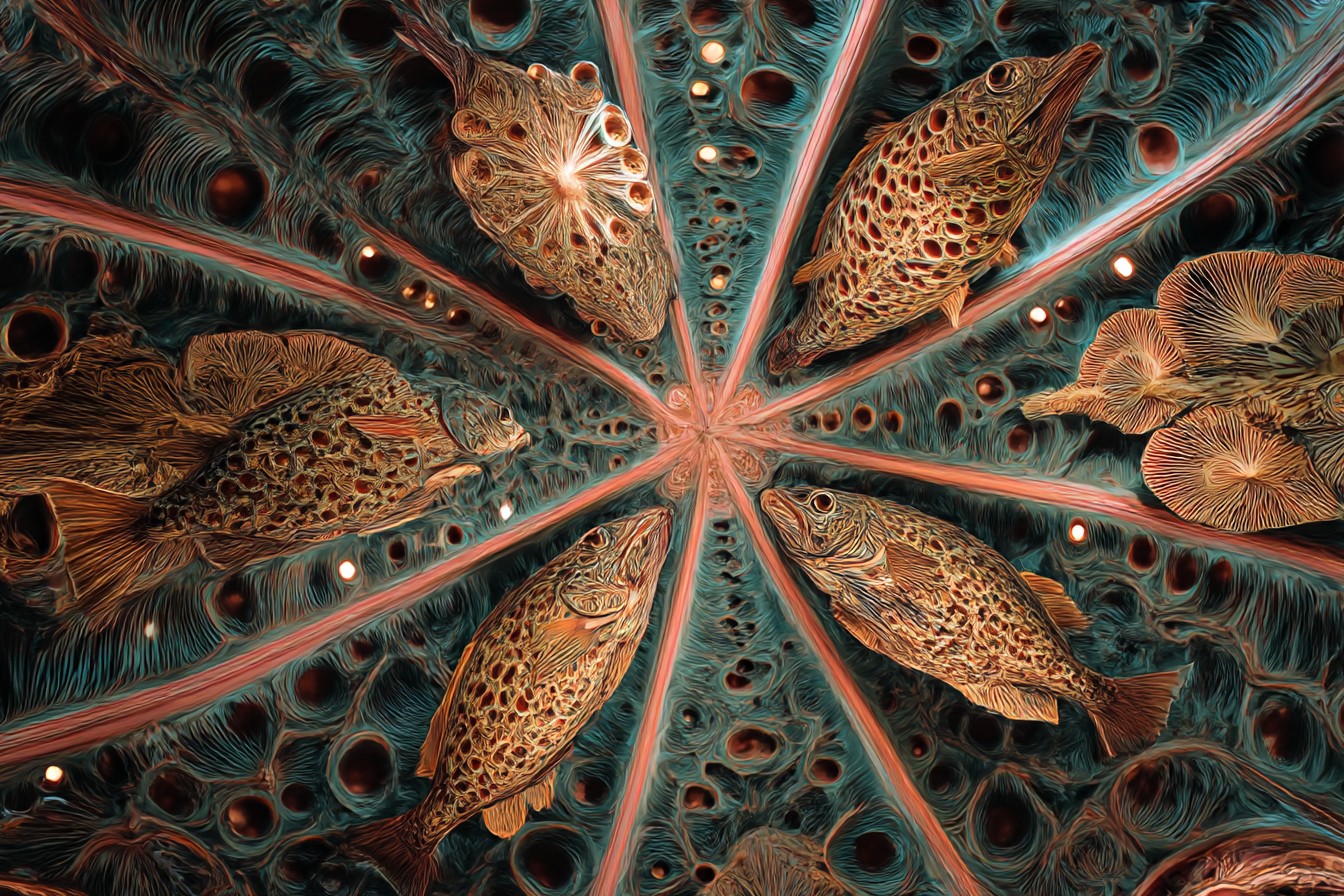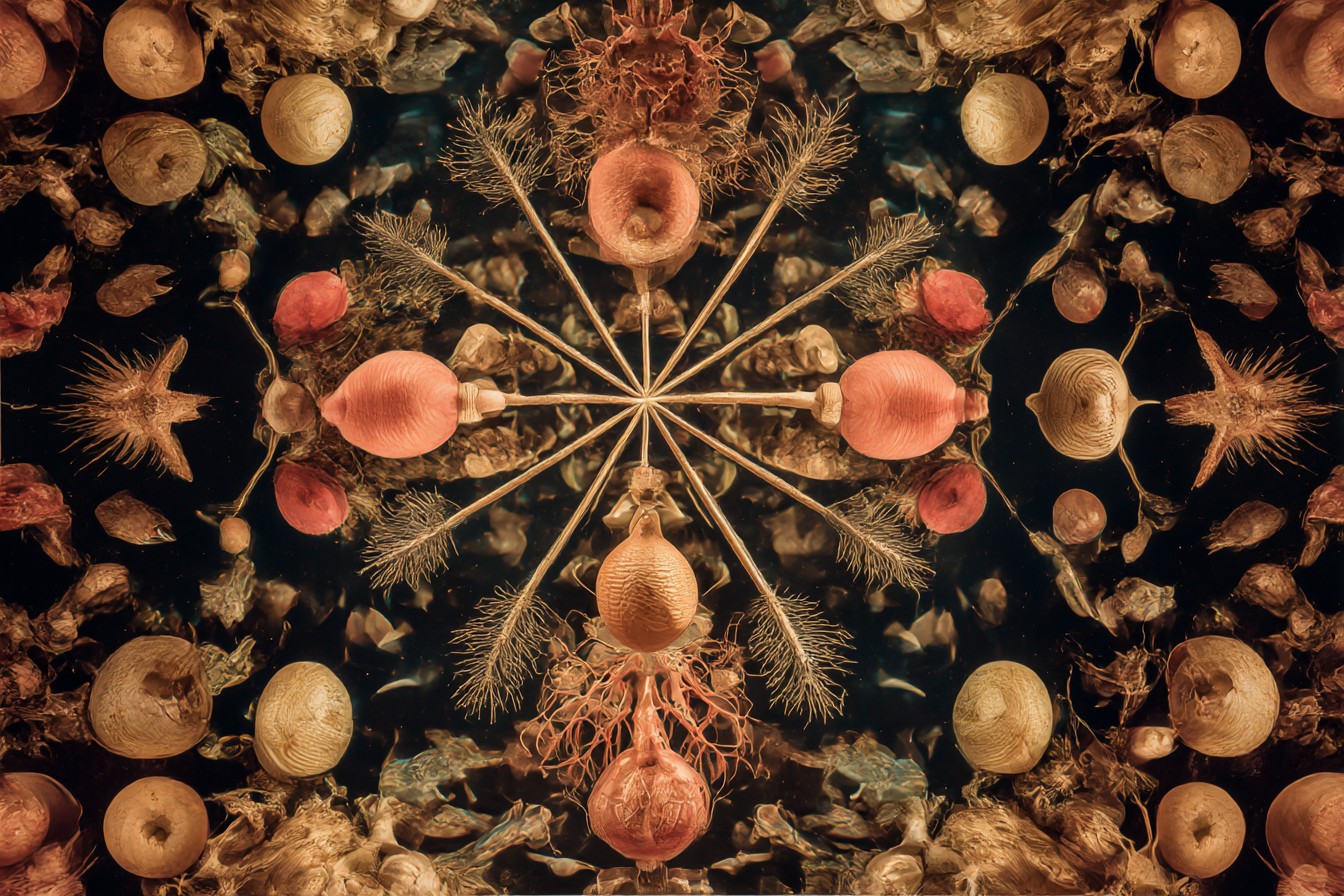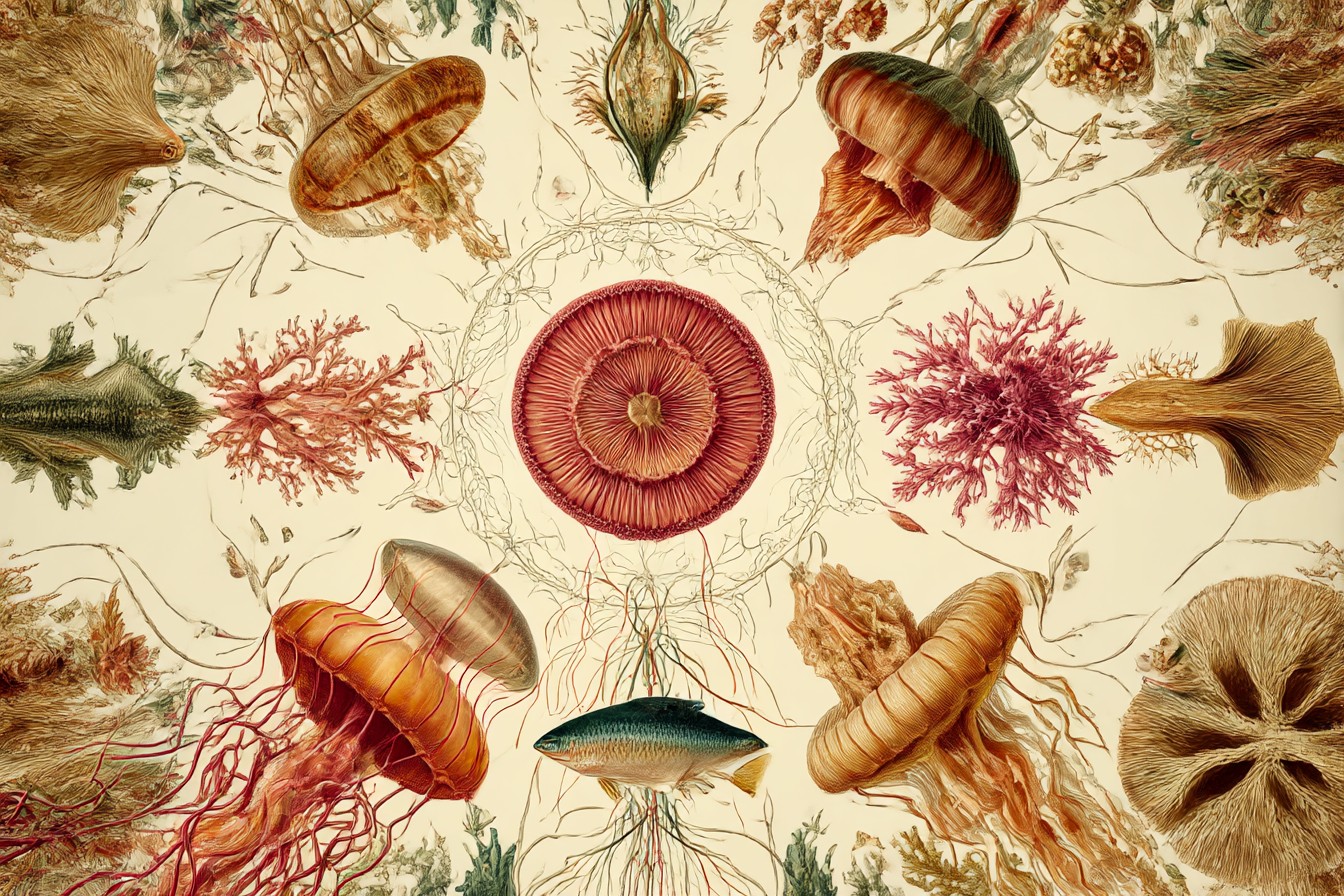I distinctly remember the moment I became fascinated with memory itself. I was rifling through my parents’ photo albums (seeking embarrassing material to defend myself against my mother’s habit of telling my girlfriend about my childhood disasters), when I found a picture of myself at age six standing proudly next to a science fair volcano. The problem? I have incredibly detailed memories of that science fair – the smell of vinegar and baking soda, the way my project erupted prematurely and splattered Mrs. Henderson’s beige cardigan, the crushing disappointment of the honorable mention ribbon – except I would have sworn on anything that I was eight, not six.

Look, as someone who’s spent years documenting the precise parameters of experiments gone wrong, this discrepancy bothered me more than it probably should have. I mean, how could I misremember something so fundamental? The timestamp on the photo didn’t lie – I was definitely six. But my memory insisted otherwise with absolute conviction.
This sent me spiraling into what Mei now refers to as my “Memory Investigation Phase” – a three-month period where our apartment transformed into an amateur neuroscience lab. I installed a whiteboard specifically to map the inconsistencies between my documented past (photos, diaries, family testimonials) and my subjective recollections. The results were… unsettling.
The data suggests something most of us instinctively resist: our memories aren’t recordings – they’re reconstructions. And sketchy ones at that.

I began exploring memory research with the same enthusiasm I once applied to creating artificial whale vomit in my kitchen. Turns out, neuroscience has been sounding the alarm about memory reliability for decades. The more I read, the more convinced I became that my childhood memories weren’t retrieved but installed later – reconstructions masquerading as originals, with each recall adding new errors and embellishments.
Here’s what the science actually tells us: Every time you remember something, you’re not accessing an original file. You’re creating a new version, colored by your current state, recent experiences, and whatever narrative you’ve built about yourself. It’s less like opening a document and more like rewriting it from scratch, with only a vague outline of the original content. This process is called memory reconsolidation, and it’s wildly unreliable.
I tested this on myself by documenting a simple current experience in excruciating detail (a particular Tuesday when I spectacularly failed to calibrate my homemade spectrophotometer, resulting in what Josh described as “the most expensive smoothie ever made” as my protein samples were irretrievably blended with parts of the kitchen). I wrote down everything – the time (3:47 PM), the ambient temperature (22.3°C), what I was wearing (lab coat over pajamas because pandemic work-from-home habits die hard), even the song playing (“Bohemian Rhapsody,” third chorus exactly when the blender went rogue).

Then I quizzed myself about this incident at intervals: one day later, one week later, one month later. The drift was both subtle and significant. By the one-month mark, I’d somehow revised the memory to include Mei witnessing the disaster (she was actually on a work call in the other room) and had changed the music to “Another One Bites the Dust” (which makes more narrative sense given the outcome, but is factually incorrect).
This little experiment merely confirmed what researchers like Elizabeth Loftus have demonstrated for years. In her groundbreaking studies, she showed how easily false memories can be implanted. Subjects can be convinced they got lost in shopping malls as children or even committed crimes that never happened. The implications are frankly terrifying for anyone who, like me, bases their entire identity on the supposedly accurate narrative of their life experiences.
The mechanisms behind this phenomenon are fascinating. When we form memories, networks of neurons fire together, creating connections that physically encode the experience. But these neural pathways aren’t permanently fixed – they’re malleable, subject to modification each time we access them. Our brains aren’t optimization machines for accuracy; they’re storytelling machines optimized for coherence and meaning.

This creates a particularly unsettling possibility: my most cherished childhood memories – the ones that shaped who I believe I am – might be largely fictional constructs.
Take, for instance, my formative memory of discovering my passion for chemistry. In my mind, it’s crystal clear: I was nine, found my grandfather’s old chemistry textbook, and spent all night performing increasingly dangerous experiments with household chemicals, culminating in a small explosion that singed my eyebrows off but sparked a lifelong obsession. My parents have confirmed this happened, more or less. But when I pressed them for details, inconsistencies emerged. The textbook belonged to my uncle, not my grandfather. I was seven, not nine. And critically, according to my mother, my interest in chemistry predated this incident – the explosion was a result of my existing fascination, not its origin.
Yet in my mind, this memory serves as my scientific origin story. It’s the narrative foundation for my identity as someone who learns through experimental disaster. But the evidence suggests I fabricated significant elements of this memory, unconsciously rewriting history to create a more compelling narrative about myself.

The phenomenon even has a name in neuroscience – narrative smoothing. Our brains naturally organize memories into coherent stories, even if that means subtly altering details to improve the plot. We’re essentially unreliable narrators of our own lives, constantly revising our past to better align with our present self-conception.
I became slightly obsessed with testing this concept. I interviewed family members about shared experiences, documented their accounts, and compared them with my own recollections. The divergence was remarkable. Events I remembered as prolonged, dramatic episodes often turned out to be brief moments that my brain had expanded into significance. Conversely, experiences others described as formative were sometimes entirely absent from my memory.
Even more disturbing was my brain’s tendency to appropriate other people’s experiences. I vividly “remember” certain childhood escapades that, upon investigation, turned out to be stories told to me by my cousin. My brain had seamlessly integrated these secondhand accounts into my own autobiographical memory, complete with sensory details I couldn’t possibly have experienced firsthand.

The implications are profound. If memory isn’t retrieval but reconstruction, who exactly am I? If my foundational experiences – the ones I believe shaped my personality, interests, and life choices – are largely fabricated or substantially modified, what does that say about the continuity of self?
I conducted a radical experiment (though admittedly with an n of 1 and questionable controls). For one week, I deliberately attempted to remember my childhood differently – visualizing alternative versions of key memories, imagining different outcomes to significant events. By the end of the week, I found myself less certain about what had actually happened versus what I’d just been visualizing. The boundaries blurred alarmingly quickly.
The neurological explanation for this is that the same brain regions activate whether we’re remembering something or imagining it. The distinction between memory and imagination is far more porous than we’d like to believe. This may explain why people can develop such conviction about false memories – neurologically speaking, they’re processed similarly to genuine ones.

My experiments with memory left me with a profound sense of epistemological vertigo. If I can’t trust my own recollections of formative experiences, what can I trust? The preliminary data suggests an uncomfortable answer: not much.
This doesn’t mean memory is completely unreliable, of course. The general outlines often remain accurate, and emotionally charged events tend to create stronger, more resistant memory traces. But the details – the very things that make memories feel authentic and personal – are precisely what’s most vulnerable to revision and fabrication.
I’ve developed a new relationship with my childhood memories. I now hold them loosely, viewing them less as accurate records and more as interesting stories my brain tells about who I think I was. I’ve started keeping more detailed documentation of current experiences, creating an external memory bank that future Jamie can reference when his brain inevitably begins its creative revisions.
Mei finds this whole investigation simultaneously fascinating and concerning. “You’re overthinking this,” she told me while helping catalog photo evidence contradicting my childhood timeline. “Everyone’s memories are unreliable. You’re just the only person neurotic enough to create spreadsheets about it.”
She might be right. But I can’t shake the feeling that understanding the constructed nature of memory has fundamentally changed my relationship with myself. If my past is largely a fiction my brain created to make sense of scattered impressions and secondhand accounts, then who exactly am I continuing to be?
The research is clear: your childhood memories weren’t retrieved from some perfect archive. They were installed later, reconstructed from fragments, influenced by subsequent experiences, photographs, family stories, and your own evolving self-narrative. They’re less like historical documents and more like historical fiction – based on real events but heavily edited for narrative coherence.
And honestly? That’s both terrifying and weirdly liberating. If we’re all unreliable narrators of our own lives, perhaps we have more freedom to reinterpret our past than we realize. Just don’t tell my mother I said that – she already thinks my relationship with objective reality is tenuous enough.
Leave a Reply